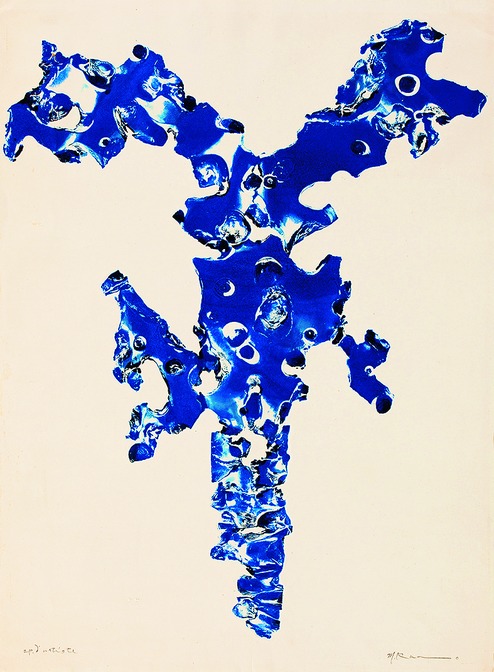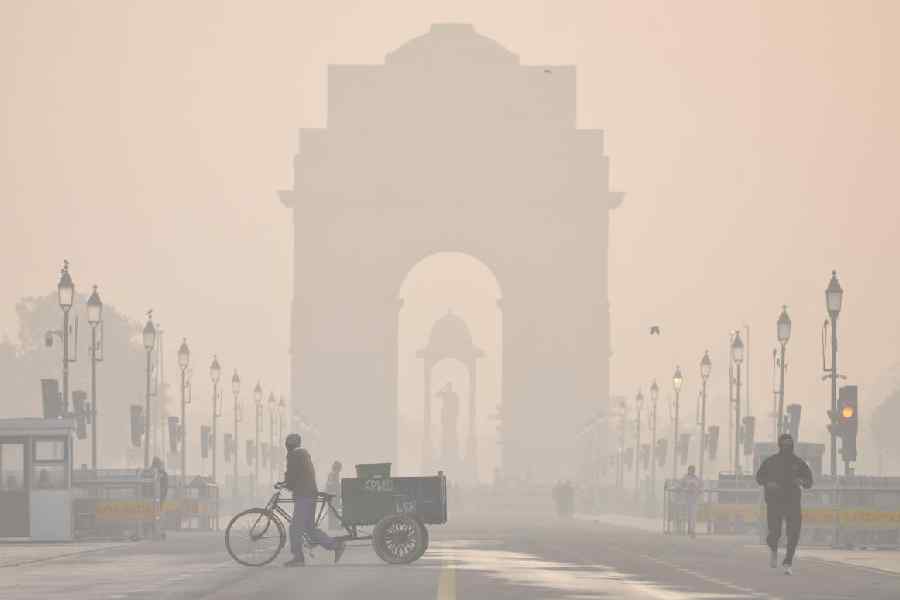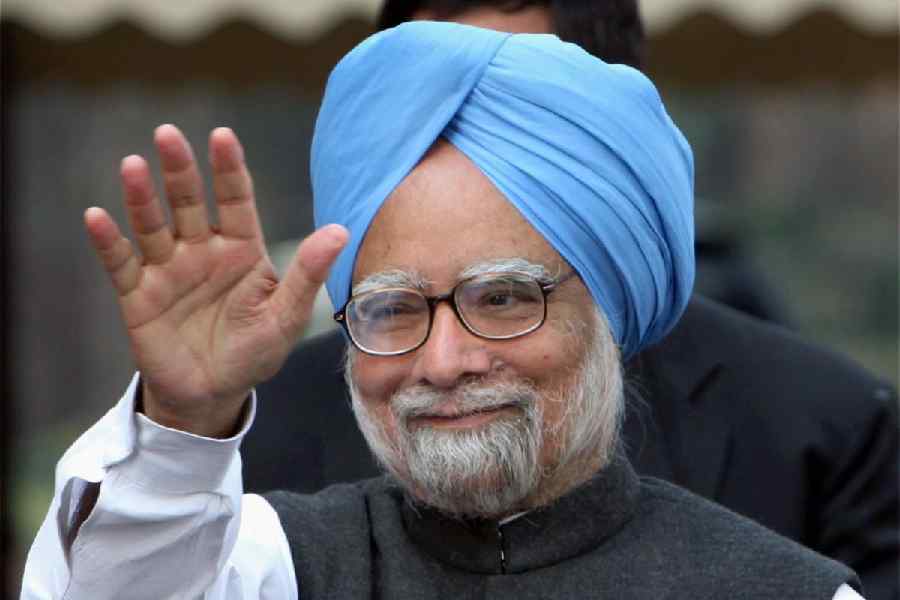 |
It is not everyday that a travelogue written by an Italian in the 16th century of his journey to the mysterious East — the National Geographic would have loved to publish it had it existed in those times — finds its perfect pictorial match in an illustrated manuscript compiled by an anonymous Portuguese who had explored the same regions around the same time. The documentary exhibition titled Voyage to India (March 8-20), organized by the National Archives, Rome, and the Istituto Italiano di Cultura, New Delhi, in collaboration with the National Library, where it was held, and the Consulate General of Italy, Calcutta, brought together — at least symbolically — these two valuable documents — the book, Itinerary, written by Ludovico de Varthema (1470-1518?) and the 1889 pictorial manuscript entitled “Figurae variae Asiae et Africae (Various images from Asia and Africa”) housed at the Casanatense Library in Rome, which was recently published by Roberto Barchiesi, according to the handout. Itinerary was translated into 50 languages.
The exhibition brought together books in Italian — some from the Asutosh Collection housed in the library — and photocopies of ancient maps, paintings of relevant personalities and several illustrations from the pictorial manuscript, which were captivating in their quaintness. The illustrations gave Indian viewers an idea of what they looked like in the eyes of foreigners. The men in their dhotis and women in their saris are easily identifiable, but they seem to have been obsessed with outlandish rites usually associated with the heathen. The effect is invariably comic but it is not quite as outrageous as Marco Polo’s Million, written 200 years earlier, which was full of impossible tales of men walking on their heads and of the roofs of gold in Cipango, better known as Japan.
The 16th century was a time when the Portuguese were busy expanding their influence in the Indian Ocean. Varthema’s Itinerary, edited in Europe and published in Rome in 1510, is an exhaustive account of his travels in South Asia in lands where few Europeans had reached then. What sets him apart is that he did it entirely for fun.
Varthema left Venice in 1502 and to find out more about the region, scoured the entire western coast of India — Khambat, Chaul, Goa, Mangalore, Calicut, Cochin. He visited Sri Lanka, Burma and finally reached Java in 1509. The first exhibits — all photocopies, unfortunately — at the National Library were various maps right from the ones drawn by Claudius Ptolemy, who got the shape of land masses almost right, to the modern ones. Portraits of the great explorers of those times like Christopher Columbus, Amerigo Vespucci and Vasco da Gama follow inevitably.
Then comes Varthema’s book. After he returned from his journey in 1509, he was received by the Colonna family, by Vittoria in particular, the young poetess who corresponded with Michelangelo. She wrote two sonnets dedicated to Varthema’s travels which appear in the only original manuscript of Itinerary. A print of her oil painting makes a dutiful appearance, as do her parents in a famous portrait of theirs by Piero della Francesca.
Now the enlarged prints of the illustrations in the Portuguese manuscript which correspond visually with Varthema’s account. One wonders how true to life they were for the illustrator had an eye for the ordinary, the curious, and the marvellous as well. The women from Kannada — Karnataka and the northern part of Kerala — are in checked saris. Were these the precursors of the famous Madras checks?
In the Malabar coast, the women wear sarongs (?) and wide-brimmed hats. The Malabar Jews carry umbrellas. The Nair women wear saris with wavy patterns. Unmarried Christian Indian women wear dresses. At a wedding, the bride and groom are crowned while a chorus line of buxom women break into a dance as Kolis always do in Bollywood. One can almost hear “Jhoot bole kauwa kaate” blaring in the background.
While there are the Brahmin goldsmiths (that seems a contradiction in terms), washermen, blacksmiths and shroffs, there are also the war elephants that carry on their backs mini-castles with spear-and pennant-toting fighters inside. Talking of elephants, a particular performing pachyderm has been singled out, who among a dozen other tricks, could shoot a pistol and play the trumpet.
When it came to religion, however, the illustrator seems to have taken liberties. The natives (were they Hindus?) seem to have had a peculiar propensity for sacrificing themselves before the deity. While one can understand devotees throwing themselves under chariot wheels, men beheading themselves seem to be literal interpretations of myths.










